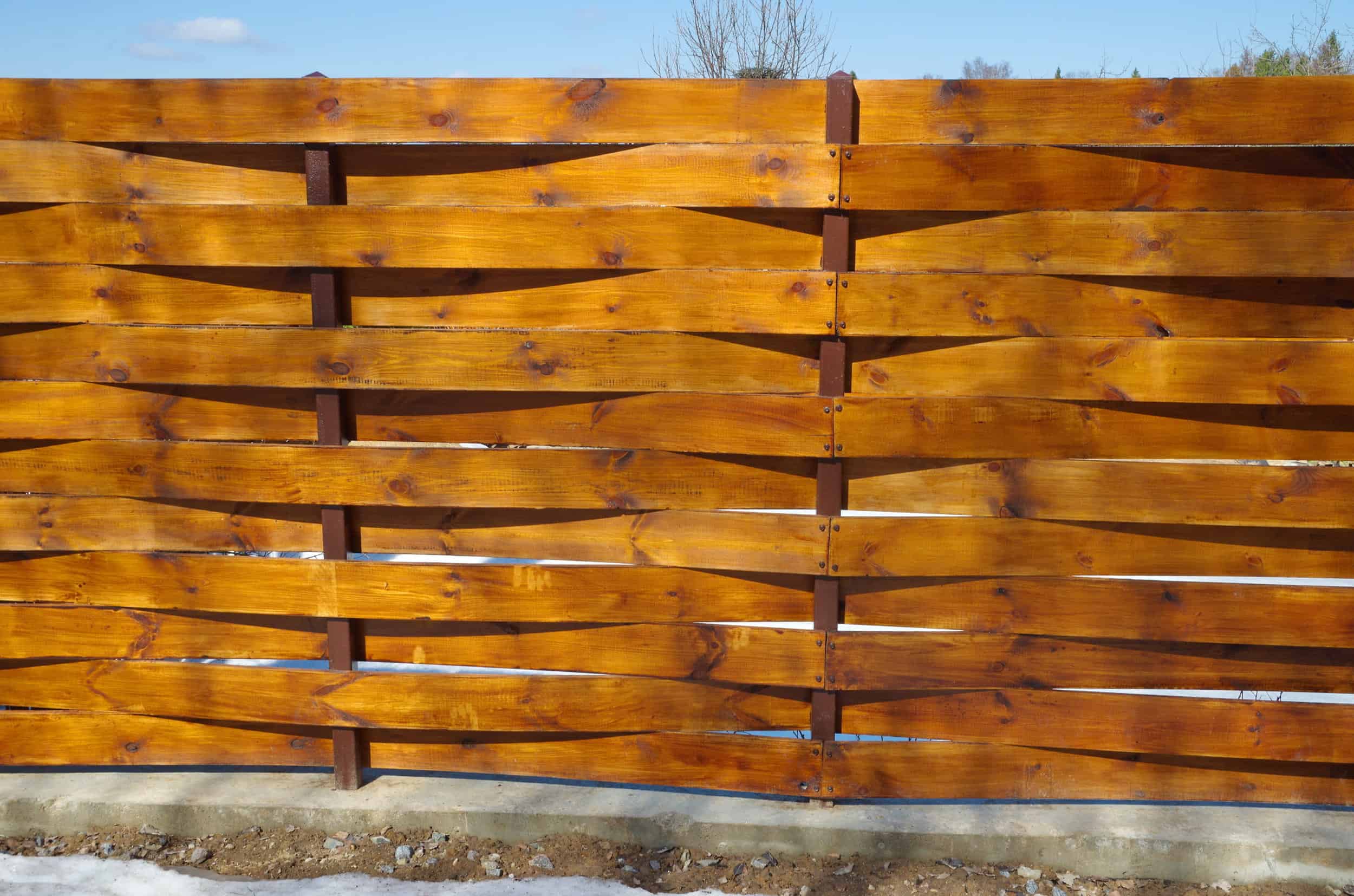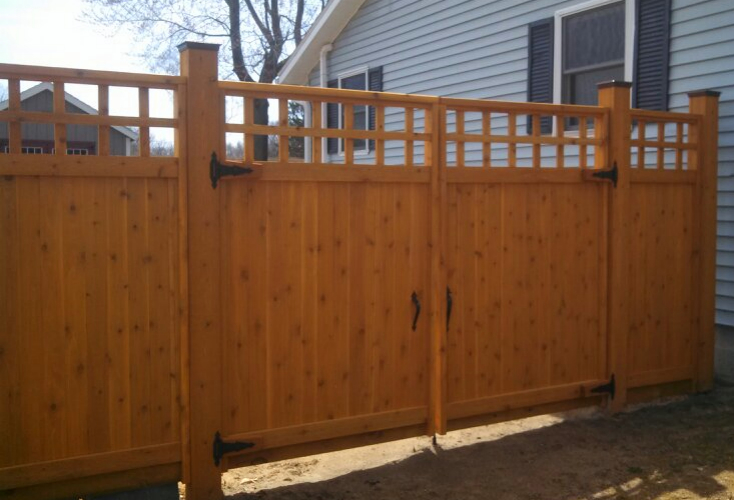Featured

Fences are a vital part of your building, offering privacy, protection, and visual value. However, they are regularly revealed to the elements and can experience weather-related damages over time. Whether it's strong winds, rainfall, snow, or extreme heat, climate problems can slowly weaken your fence, leading to costly repairs or replacement. Fortunately, there are a number of actions you can take to shield your fencing from weather-related damages and prolong its life expectancy. Here's how you can safeguard your fence versus the elements.
- Select the Right Product. The sort of material your fence is made from plays a substantial duty in how well it will certainly hold up against weather condition problems. Some products are normally a lot more immune to damage than others. :
Wooden Fences: While beautiful and classic, timber can be susceptible to moisture, rot, and bugs. Pressure-treated wood or cedar can supply better resistance to these issues. Plastic Fencings: Vinyl is extremely immune to moisture, rot, and parasites. It additionally stands up well to extreme sunlight and hefty rainfall. Steel Fencings: Wrought iron or aluminum fencings are long lasting and can stand up to a range of weather condition conditions. They can, nonetheless, experience corrosion with time, particularly if not appropriately coated. Composite Fences: Made from a combination of wood fibers and plastic, composite fences are more resistant to weather-related damages compared to traditional wood fences. Selecting the ideal product for your area's environment is the first step in safeguarding your fencing from weather damages.
- Seal or Spot Wooden Fences. Wooden fencings are especially prone to damage from moisture, UV rays, and temperature changes. One of the most effective ways to safeguard your timber fencing is by applying a protective sealant or discolor. These products assist:
Prevent Water Damages: Sealers develop a waterproof obstacle, avoiding dampness from leaking into the timber and triggering rot, mildew, or mold and mildew. Secure Against UV Damages: A great stain or sealer will also obstruct unsafe UV rays from the sunlight, which can create timber to dry, fracture, and tarnish in time. Preserve the Fencing's Look: Normal staining assists preserve the natural elegance of the timber and prolongs its life-span. It's recommended to reapply the discolor or sealant every 1-- 2 years to maintain your surround good problem.
- Set up a Barrier for Wind Defense. Strong winds can create considerable damages to your fence, particularly if it is weak or tall. Wind can flex or damage wooden panels, loosen up fencing messages, or also cause the entire fencing to collapse. Setting up a windbreak-- such as planting shrubs, bushes, or mounting a mesh barrier-- can aid protect your fencing from high winds.
Furthermore, you can strengthen the messages with concrete or steel dental braces to supply extra security and stop moving or leaning.
- Trim Overhanging Branches. Dropping branches can break panels or harm the fence articles, leading to pricey repair work. Keeping the branches reduced back decreases the danger of branches damaging off and causing damages to the fencing.
- Routine Examinations and Maintenance. Executing normal upkeep and inspections is vital to catching prospective problems before they intensify. After a hefty storm, inspect your fence for any type of indications of damage, such as loose panels, leaning messages, or damaged sections. Taking care of tiny problems before they come to be bigger ones can assist expand the life of your fence.
Furthermore, cleaning your fence regularly to remove mold and mildew, particles, or dirt can help maintain its appearance and stability. For wood fences, carefully pressure wash the surface area to eliminate built-up gunk, and for plastic fences, use a mild detergent to clean any kind of stains.

- Make Sure Proper Water Drainage. Water damages is one of the most common weather-related issues that affect fences. Poor drainage can lead to standing water around your fence messages, which can create the articles to rot or weaken over time.
- Apply a Protective Covering to Steel Fencings. Steel fences, such as those made of iron or steel, are very long lasting yet can be prone to rust if not appropriately maintained. Applying a protective finishing or paint that is specifically designed for metal can assist protect against rust and rust. Make sure to examine the fencing occasionally for any type of signs of rust, and address it quickly by fining sand and repainting the affected areas.

Verdict. Your fencing is a valuable financial investment, and protecting it from weather-related damage will help make sure that it remains to serve its function for years to come. By choosing the best materials, routinely maintaining your fencing, and taking steps to protect it from the aspects, you can lessen weather-related damages and prolong its lifespan. Whether you're managing strong winds, heavy rainfall, or the severe sun, these easy actions can go a long method in maintaining the condition and appearance of your fencing, conserving you time and money in the future.
Latest Posts
Check Out Affordable Auto Repairs with Montclare’s Exclusive Service Specials
Published May 29, 25
1 min read
Check Out Budget-Friendly Auto Repairs with Montclare’s Limited-Time Service Specials
Published May 27, 25
1 min read
Take Advantage of Limited-Time Auto Repair Specials in Chicago at Montclare Auto Repair
Published May 24, 25
1 min read
More
Latest Posts
Check Out Affordable Auto Repairs with Montclare’s Exclusive Service Specials
Published May 29, 25
1 min read
Check Out Budget-Friendly Auto Repairs with Montclare’s Limited-Time Service Specials
Published May 27, 25
1 min read
Take Advantage of Limited-Time Auto Repair Specials in Chicago at Montclare Auto Repair
Published May 24, 25
1 min read